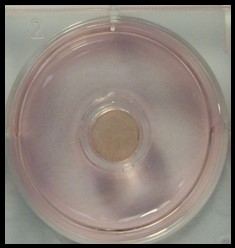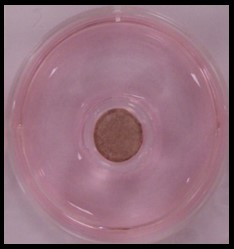The efficacy of ingredients or final formulations in modulating human skin pigmentation can be assessed in vitro by analysis of melanin production in reconstructed tissue models of various phototypes. In addition, this testing platform is suitable for investigation of the dermal irritation potential of test materials after repeated exposures using a tissue viability endpoint.
The evaluation of the potential impact on melanin production of raw ingredients or finished products intended for the modulation of skin pigmentation can be assessed using pigmented reconstructed tissue models such as MelanoDerm™ (MatTek Corporation, Ashland, MA, USA). The MelanoDerm™ tissue consists of normal, human-derived epidermal keratinocytes (NHEK) and melanocytes (NHM) which have been cultured to form a multilayered, highly differentiated model of the human epidermis.
The NHM within co-cultures undergo spontaneous melanogenesis leading to tissues of varying levels of pigmentation. The cultures are grown on cell culture inserts at the air-liquid interface, allowing for topical application of skin modulators.
The MelanoDerm™ model exhibits in vivo-like morphological and ultrastructural characteristics. NHM localized in the basal cell layer of MelanoDerm are dendritic and spontaneously produce melanin granules which progressively populate the layers of the tissue. Thus the test system may be used to screen for materials which may inhibit or stimulate the production of melanin relative to the negative controls.
The tiered testing is based on a dose range finding assay of the least irritating dosing volume using the tissue viability endpoint. The toxicity is determined by measuring the relative conversion of MTT (3-[4,5 – dimethylthiazol-2-yl] – 2,5 – diphenyltetrazolium bromide) in the test material-treated tissues compared to the negative/solvent control-treated tissues. The dose range finding assay is followed by a definitive screening assay where the potential impact on melanin production will be determined by measuring the concentration of melanin produced by the test article-treated tissues compared to the negative/solvent control-treated tissues.


